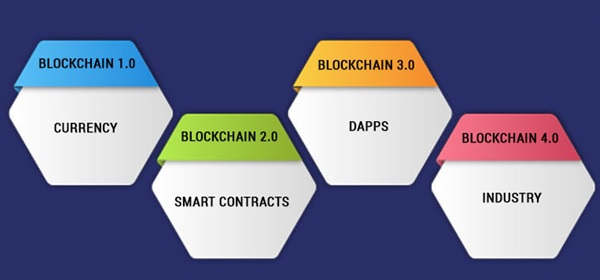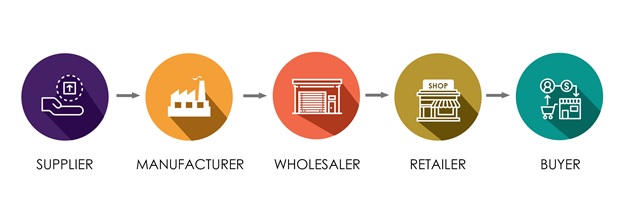Inventions of Block Chain
The blockchain technology was described in 1991 by the research scientist Stuart Haber and W. Scott Stornetta. They wanted to introduce a computationally practical solution for time-stamping digital documents [1] so that they could not be backdated or tampered. They develop a system using the concept of cryptographically secured chain of blocks to store the time-stamped documents.
In 1992, Merkle Trees were incorporated into the design, which makes blockchain more efficient by allowing several documents to be collected into one block. Merkle Trees are used to create a 'secured chain of blocks.' It stored a series of data records, and each data records connected to the one before it. The newest record in this chain contains the history figure 1 shown below of the entire chain. However, this technology went unused, and the patent lapsed in 2004.

Figure1: Invention of Block Chain
They upgraded their system to incorporate Merkle trees that enhanced efficiency thereby enabling the collection of more documents on a single block. However, it is in 2008 that Blockchain History starts to gain relevance, thanks to the work one person or group by the name Satoshi Nakamoto.
Satoshi Nakamoto is accredited as the brains behind blockchain technology. Very little is known about Nakamoto as [2] people believe he could be a person or a group of people that worked on Bitcoin, the first application of the digital ledger technology.
Nakamoto conceptualized the first blockchain in 2008 from where the technology has evolved and found its way into many applications beyond cryptocurrencies. Satoshi Nakamoto released the first whitepaper about the technology in 2009. In the whitepaper, he provided details of how the technology was well equipped to enhance digital trust given the decentralization aspect that meant nobody would ever be in control of anything.
After that in 2008, Satoshi Nakamoto conceptualized the concept of “Distributed Blockchain” under his white paper:” A Peer-to-Peer Electronic Cash System”. He modified the model of Merkle Tree and created a system that is more secure [3] and contains the secure history of data exchange. His System follows a peer-to-peer network of time stamping. His system became so useful that Blockchain become the backbone of Cryptography.
After that, the evolution of Blockchain is steady and promising and became a need in various fields. Blockchain technology is so secure that the following surprising news will give proof about that. A person named, James Howells was an IT worker in the United Kingdom, he starts mining bitcoins which are part of Blockchain in 2009 and stopped this in 2013. He spends $17,000 on it and after he stopped, he sells the parts of his laptop on eBay and keep the drive with him so that when he needs to work again on bitcoin, he will utilize it but while cleaning his house in 2013, he thrashed his drive with garbage and now his bitcoins cost nearly $127 million. This money now remains unclaimed in the Bitcoin system.
Blockchain also uses a computational process called consensus to validate a block's authenticity before it can be added to the chain. As part of this process, the majority of nodes [4] on the blockchain network must agree that the new block's hash has been calculated correctly. Consensus ensures that all copies of the distributed ledger are in the same state.
References:
- https://www.javatpoint.com/history-of-blockchain
- https://101blockchains.com/history-of-blockchain-timeline/
- https://www.geeksforgeeks.org/history-of-blockchain/
- https://whatis.techtarget.com/feature/A-timeline-and-history-of-blockchain-technology
Cite this article:
S. Nandhinidwaraka (2021) Block Chain Technology - Development, AnaTechmaz, pp 2







